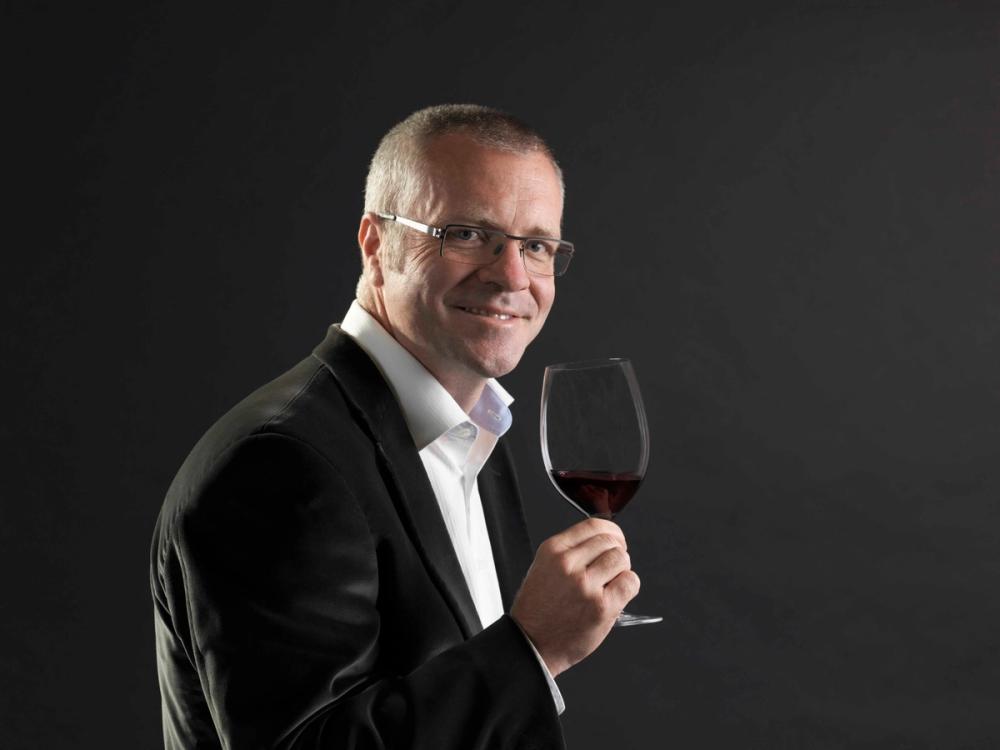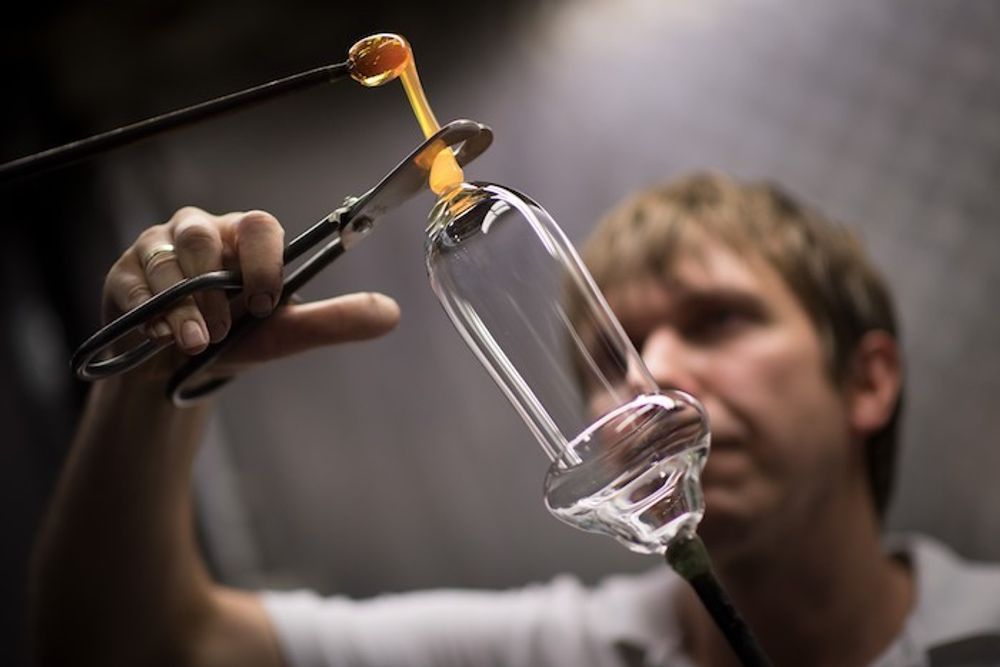“Detailed analysis and budgeting, pro-active decision making, finding alternatives, cash flow planning and customer loyalty are all key for the long term.” That’s how Zalto Glass’ Daniel Primack sums up the challenges facing the wine industry and the supply chain that supports it.
Everything feels more expensive in the current economic climate, and with the UK Treasury’s annual reminder to the wine trade of its purported luxury status come Budget time, it’s no surprise the industry is having to think fast to keep its customers coming back as living costs rise yet again.
It’s a challenge facing everyone in the wine industry – from producer, importer, retailer to restaurateur – wherever they are in the world.

Darren Rathbone of Rathbone Wine Group believes Australia will have a key role to play during the cost of living crisis
Darren Rathbone, chief executive and winemaker for Yering Station, Mount Langi Ghiran and Xanadu in Australia, for example, says it’s time for producers to re-assess what they are doing, as he explains: “I believe this could be an opportunity for Australian wines as wine drinkers are looking for an alternative to more expensive European wines. Australian wine has over many years focused our lower price wines on the export markets, and at the £5 a bottle retail market, we go head-to-head against the rest of the world.”
Adapting your offer to meet the needs of the times is a challenge and opportunity for wine retailers too, says Matt Day, owner of London-based independent wine merchant, Daygustation. He has extended his ‘budget range’ of 10 wines priced under £10 made by smaller producers, in order to cater to customers feeling the cost-of-living pinch more keenly. Whilst this has been moderately successful on small volumes, Day has had to find other nimble routes to improve margins. With the knock-on shipping delays since Brexit from Europe to the UK, he now travels to Champagne four times a year to circumvent shipping and import direct.
“Going forward the only way for me to ensure profitability will be to source core lines such as Sancerre and Chablis directly rather than using UK wholesalers,” he explains.
Though logistics and shipping difficulties are still clearly prevalent in wine businesses large and small, with every dark cloud comes a silver lining, and Rathbone Wine Group has, like other companies, had to find ways to turn misfortune into opportunity. The Australian wine industry as a whole, for example, has taken a massive hit from the China’s decision to place a stratospheric 200% trade tariff on Australian wine, resulting in major over supplies of wine that would have been destined to China.
“The flip side of that is that and a relatively small harvest in 2022, coupled with high demand for lighter styles of red, such as Pinot and many white varieties, means we are undersupplied in many styles that are popular with consumers in the Australian and UK markets,” says Rathbone. “Keeping focus on our premiumisation, and carefully placing our premium wines with customers that appreciate their value will be important to our continued growth in Europe, the UK and America.”
Keeping customers
While premiumisation is a useful route for staying profitable, wine businesses are having to over rely on cash-rich customers in order to sell their wines. But with many younger drinkers finding wine prices too expensive and switching to cheaper alternatives, is there a danger of not having enough premium wine consumers to go around. How long can they sustain the wine trade if the next generation is faltering at the first sign of weakness.

Matt Day is having to look at membership schemes and other reward schemes to keep his customers loyal
Companies are looking at ways to shore up loyalties with this more cash-certain customer base. Matt Day explains: “I have seen a drop off in my younger customers since the cost-of-living crisis, but my core clientele is less affected and continue to purchase as before.”
However, this core customer base is still expecting more bang for their buck, and so schemes such as membership programmes with instant rewards are proving useful to business owners such as Day in order to keep his best customers loyal (albeit for the short term) and protect his cashflow. Whilst these more loyal customers are happy to pay into a membership scheme to reward them with up to 20% discounts on purchases, events, and food and drink consumed in the Daygustation wine bar, it is clear there is an increased expectation that this money of theirs will go further. Will quid pro quo become the new loyalty scheme of 2023? Is long term loyalty now harder to come by even with discount rewards? Are those with more cash the only ones who can afford to be loyal, even if greater value can be achieved by the customer after buying into membership schemes?
Rathbone believes strongly that premiumisation is the way to go: “We have had success in 2022 premiumising our sales mix. We have certainly seen an increase in the shipment of our premium wines to the UK in 2022.”
Day adds: “We are always looking for small parcels of expensive fine wines to keep our premium customers interested.”
So, this strategy is working as a smaller enterprise, but scale is still going to be important for overall company growth; wine businesses will need to ensure a balancing act of scale versus spend when it comes to customer base size and premium products respectively.
Glass half full
One of the biggest trading issues facing the wine industry is a shortage of glass as a result of the Russian and Ukraine war and closure, destruction of so many glass furnaces in that part of the world. That has only added to the increased supply costs, post Covid and Brexit.

Zalto
Daniel Primack, director at Zalto Glass is well placed to see the situation first hand, as he explains: “Along with every other commodity, that involves raw material and energy, glassware is not immune. After labour, energy is the second biggest cost of production of mouth blown glass. Raw material and energy costs increased dramatically last year and inflation has impacted the cost of the labour.”
With no quick fix in sight the glass shortage and supply situation is likely to get worse in 2023 before it gets better, which has deep ramifications for a company like Zalto.
Particularly when you factor in manufacturing costs for glassware purportedly rising by up to 35%, some of which invariably is passed along to the consumer. This only worsens the ‘expensive’ associations for wine as an industry at large thereby deterring potential new customers.
New Year, Same Challenges
Wine companies – more than ever – will have to ensure they plan and prepare for business continuity in 2023, particularly now the industry has seen how quickly global events can move their books from black to red. But how can wine futureproof itself when so many of the issues it faces are outside of its control?
Primack says: “It will take Zalto all of 2023, at least, to recover from the backlog created by the reduced production while Covid restrictions were in place at the factory. Mouth blowing glass and Covid laws do not mix.”
Companies are still playing post-pandemic catch up and considering more efficient ways to minimise overheads. Rathbone adds: “We are warehousing in Europe and the US to reduce shipping delays. Freight costs have increased significantly, but we weigh this against the importance of good service and our wines being readily available for our customers.”
As countries supply routes have opened up again, it is clear having your wine in the right part of the world is going to be even more vital than normal.
“Disruption exists in many forms,” says Primack, “from competition, to travel, to supply issues. Detailed analysis and budgeting, pro-active decisions, alternatives, cash flow planning and customer loyalty are all key for the long term.”
Recouping customer trust – and loyalty as we have explored earlier – is going to be even more of a priority for wine businesses of varying sizes. Will wine customers expect more in terms of relationships going forward, or will it be a shorter-term expectation of making up for a difficult period of supply issues and price hikes? Primack adds: “As in any sector, customer expectation management is key to the relationship and the long term. Being transparent, honest and prompt helps the challenged customer to form an opinion that best benefits their business and make decisions to plan for delays or shortfalls. The days of just-in-time delivery will hopefully return soon, but at the moment forward planning by both supplier and customer is key.”
It seems as though wine businesses of all types and sizes are aspiring to move from survive to thrive mode in 2023, but are keenly aware of the Covid hangover when it comes to stabilising the bottom line. As with the frosts suffered in Champagne, we can be hopeful that wine will endure.









































